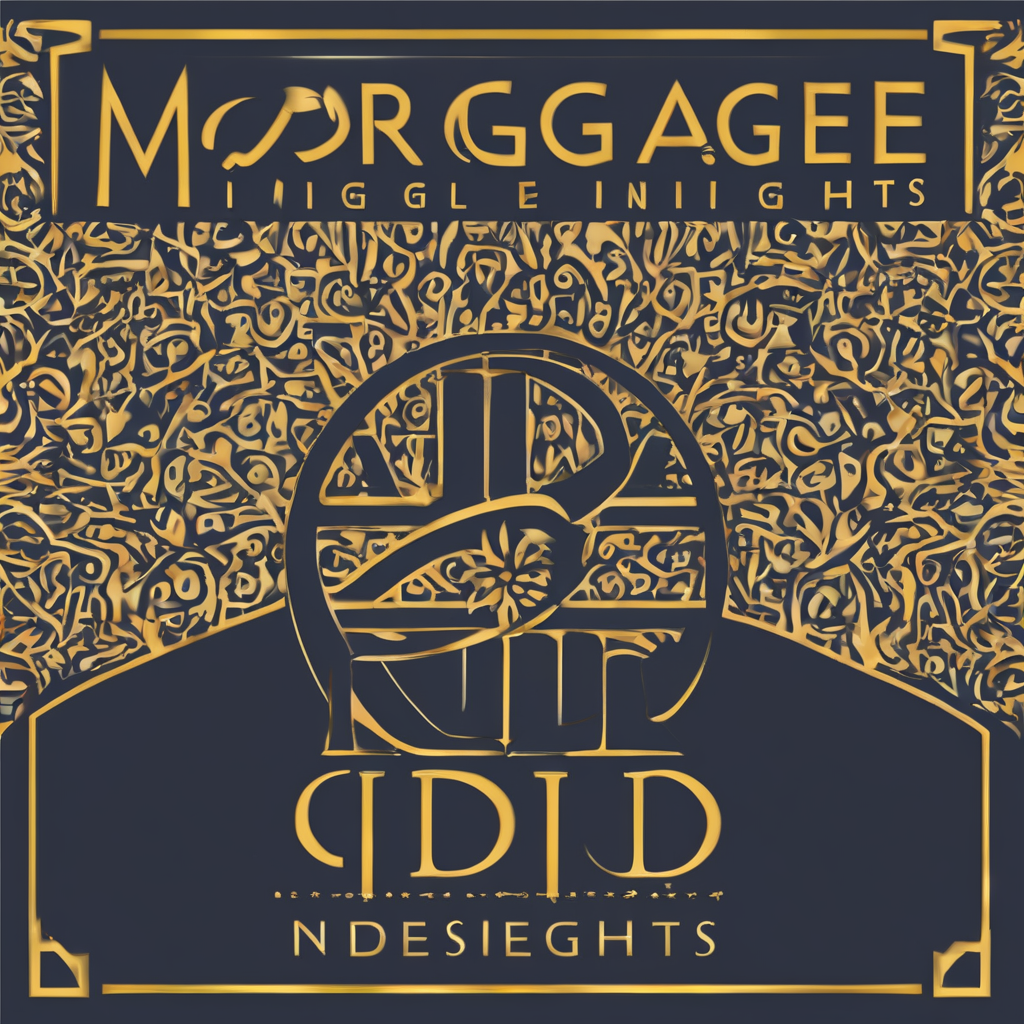Investing in a second home in the UK can be exciting yet overwhelming, especially when it comes to choosing the right financing. A fixed-rate mortgage offers stability in an unpredictable market, providing predictable monthly payments and peace of mind. However, is it the best option for your specific investment goals? This guide will help you weigh the pros and cons, ensuring you make an informed decision tailored to your financial situation. Let's explore the factors you should consider to determine if a fixed-rate mortgage fits your second home investment strategy.
Understanding Fixed-Rate Mortgages
A fixed-rate mortgage is a popular choice among UK mortgage options, providing stability and predictability in monthly payments. This mortgage type maintains a constant interest rate throughout the loan term, making it an attractive option for those seeking financial certainty. Whether you are purchasing a primary residence or exploring second home financing, understanding the features of a fixed-rate mortgage is crucial.
Avez-vous vu cela : Exploring the Effects of Local Landfills on Property Insurance Costs in the UK
The primary advantage of a fixed-rate mortgage is its ability to shield borrowers from fluctuating interest rates. This means your monthly payments remain the same, regardless of market changes. For property investors, this predictability can simplify budgeting and financial planning, reducing stress associated with potential rate hikes.
However, fixed-rate mortgages are not without drawbacks. One potential risk is that if interest rates decrease, you may find yourself locked into a higher rate compared to variable-rate options. Additionally, the initial interest rates for fixed-rate mortgages can be higher than those of adjustable-rate mortgages, potentially leading to increased costs over time.
Lire également : Exploring the Impact of Your Property”s Location on Mortgage Rates in Liverpool
When considering UK mortgage options, weigh the benefits of stability against the possibility of paying more if market rates drop. For those considering second home financing, a fixed-rate mortgage offers a reliable framework, allowing for long-term financial planning.
Comparison with Other Mortgage Types
When exploring mortgage options, understanding the nuances between different types is essential. A variable-rate mortgage is a common alternative to fixed-rate mortgages, offering a fluctuating interest rate that can change based on market conditions. This type of mortgage often starts with a lower interest rate compared to fixed-rate options, which can be appealing for those looking to minimise initial costs.
Variable-Rate Mortgages
Variable-rate mortgages can offer lower initial payments, but they come with the risk of increased costs if interest rates rise. This unpredictability can make budgeting more challenging, as monthly payments may vary significantly over the loan term.
Tracker and Discount Mortgages
Within the realm of variable-rate mortgages, tracker mortgages and discount mortgages provide additional options. Tracker mortgages are linked to a specific interest rate index, such as the Bank of England base rate, and adjust accordingly. Discount mortgages, on the other hand, offer a reduced rate for a set period, after which they revert to the lender's standard variable rate.
When comparing fixed-rate and variable-rate mortgages, consider your financial goals and risk tolerance. Fixed-rate mortgages provide stability, while variable-rate options can offer savings if rates remain low. Understanding these differences will help you make an informed decision tailored to your financial needs.
Financial Implications for Second Home Investments
When considering investment property finance in the UK real estate market, understanding mortgage affordability is crucial. For second homes, several factors influence affordability, starting with the interest rates and loan terms. Fixed-rate mortgages provide stability, but their higher initial rates may impact affordability compared to variable-rate options.
Tax Implications and Costs
Owning a second home comes with additional costs, including taxes. The UK real estate market requires second home buyers to pay a higher Stamp Duty Land Tax (SDLT) rate, which can significantly increase the initial investment. Maintenance, insurance, and potential letting agent fees also contribute to ongoing expenses.
Long-Term Financial Outlook
The long-term financial outlook for second home investments can be promising, provided you navigate these costs wisely. Property values in the UK real estate market often appreciate, potentially offering substantial returns over time. However, mortgage affordability remains a key consideration. Ensuring that your investment aligns with your financial strategy is essential.
In conclusion, while second homes can be a lucrative addition to your investment portfolio, they require careful planning. Consider all associated costs and taxes, and evaluate your mortgage options to ensure a sustainable investment strategy. This approach will help you make informed decisions and maximise your investment potential.
Specific Considerations for UK Second Home Buyers
Purchasing a second home in the UK property market involves navigating specific regulations and understanding local market trends. These factors are crucial for making informed investment decisions.
Overview of Regulations
When buying a second home in the UK, you must comply with second home regulations. This includes paying a higher Stamp Duty Land Tax (SDLT) compared to your primary residence. The SDLT surcharge is a significant consideration, impacting the overall cost of acquiring a second property.
Understanding Local Market Trends
Grasping local market trends is vital in the UK property market. Property values can vary significantly based on location and economic conditions. Monitoring these trends helps in evaluating potential appreciation and ensuring a sound investment. Areas with robust growth prospects often offer better long-term returns.
Importance of Location and Property Type
The location and type of property play a pivotal role in your investment strategy. Urban areas might offer higher rental yields, while rural properties could provide better capital appreciation. Consider the property's proximity to amenities, transport links, and employment hubs. Choosing the right property type—be it a flat, house, or cottage—aligns with your investment goals and influences potential profitability.
Practical Steps for Assessing Mortgage Viability
When planning for a second home, effective financial planning is crucial. One of the first steps is to use mortgage calculators. These tools help you evaluate different mortgage options by providing estimates of monthly payments and total interest over the loan term. By inputting various interest rates and loan amounts, you can see how changes impact your budget.
Creating a detailed budget is another essential step. This involves accounting for all potential expenses, including higher Stamp Duty Land Tax, maintenance, and insurance costs. A well-structured budget ensures you understand the financial commitment of owning a second home, helping you avoid unforeseen expenses.
Securing a mortgage requires careful preparation of documentation. Lenders typically request proof of income, credit history, and details of existing debts. Ensuring these documents are accurate and up-to-date can streamline the application process. Additionally, demonstrating a strong financial standing can improve your chances of securing favourable loan terms.
By utilizing mortgage calculators, budgeting effectively, and preparing necessary documentation, you can assess mortgage viability with confidence. These steps not only aid in decision-making but also provide a solid foundation for successful second home ownership.
Expert Insights and Case Studies
Navigating the UK property market requires informed decisions, particularly when considering fixed-rate mortgages for second homes. According to mortgage expert advice, fixed-rate mortgages offer predictability, which is crucial for long-term financial planning. Experts suggest evaluating the current interest rate environment and future market forecasts to determine if locking in a rate is beneficial.
Real-Life Case Studies
Examining real-life case studies provides valuable insights into successful second home investments. One notable example is a family who invested in a coastal property. By opting for a fixed-rate mortgage, they ensured stable monthly payments, allowing them to budget effectively and capitalize on the property's rental potential during tourist seasons. The consistent income stream helped offset the mortgage costs and contributed to long-term profitability.
Lessons from Failed Investments
Conversely, lessons from failed investments highlight potential pitfalls. A case study involving an investor who chose a fixed-rate mortgage during a period of declining interest rates illustrates the risks. The investor faced higher costs compared to variable-rate options, impacting their overall returns. This underscores the importance of aligning mortgage choices with market conditions and personal financial goals.






